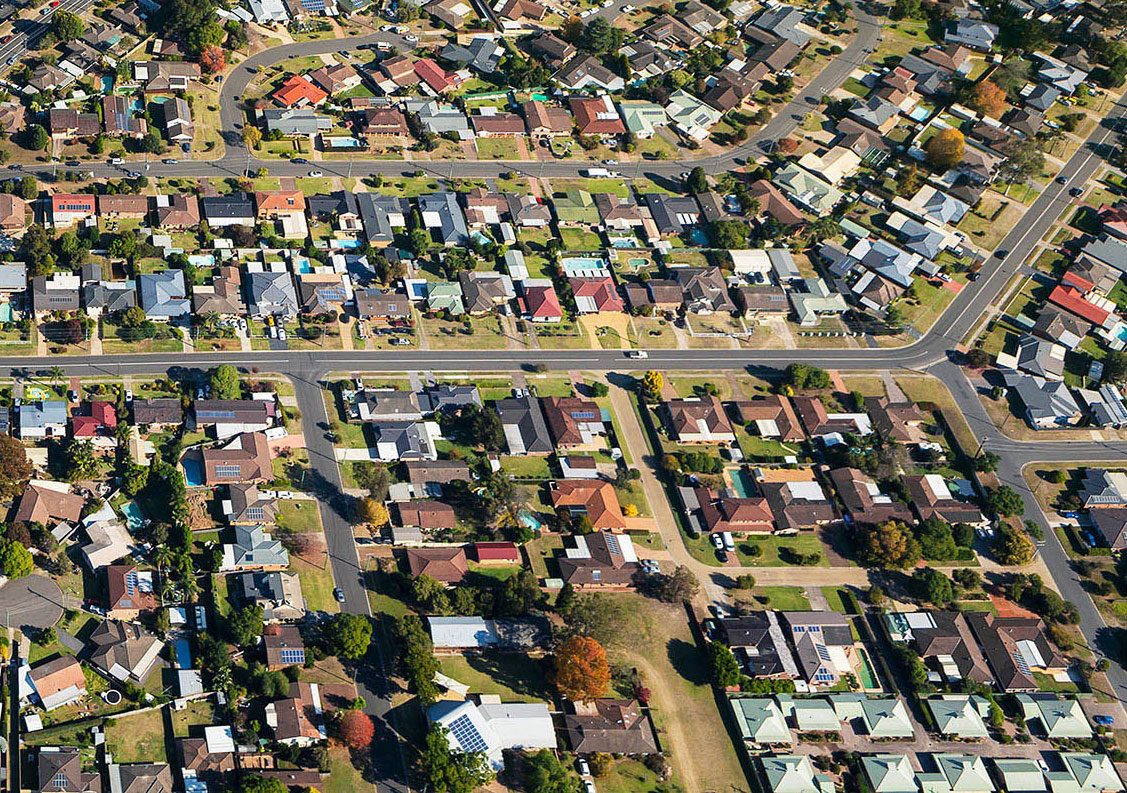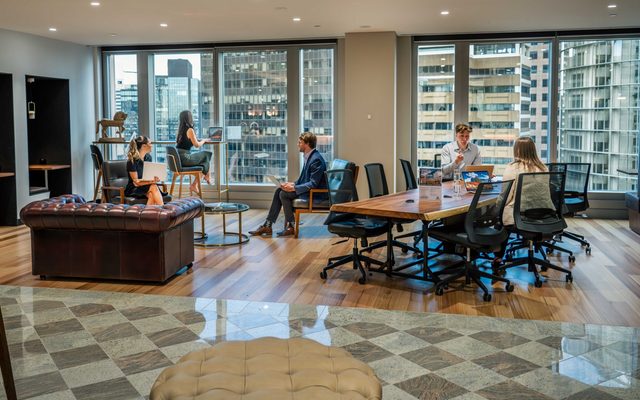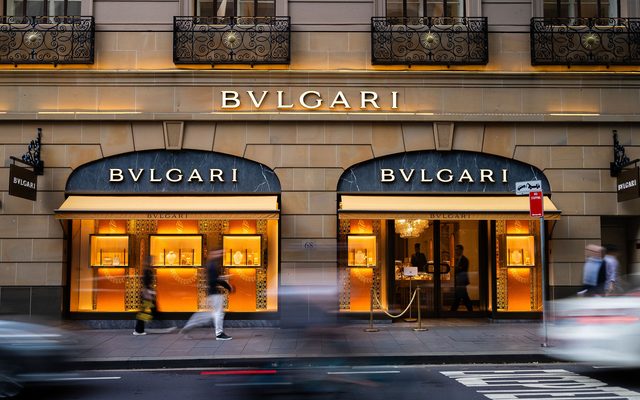This article is from the Australian Property Journal archive
AVERAGE home price growth continued to slow over March, with declines recorded in Sydney and Melbourne a sign of what’s to come.
According to CoreLogic, capital city dwelling prices saw an average increase of 0.3% over March, with annual growth also more tempered at 16.3%.
This has left average capital city dwelling prices up 20.4% on September 2017’s previous high and 25% up on the lows recorded in the height of the pandemic in September 2020.
While when including regional dwellings, prices were up 0.7% and 18.2% when compared to the same month in 2021.
“Australian residential property prices boomed last year with national average prices up by 22.1% thanks to the combination of record low mortgage rates, government incentives, recovery from the lockdowns of 2020, a lack of supply and coronavirus driving a switch in consumer spending from services (like holidays) to “goods” including housing,” said Shane Oliver, head of investment strategy and chief economist at AMP.
Growth on average has been dropping off, generally reducing each month over the last year since March 2021’s 2.8% of dwelling growth.
Oliver attributed this slowing growth to an increasing lack of affordability, in addition to rising fixed rate mortgage rates and a boost to listings in both Sydney and Melbourne.
While Sydney and Melbourne both recorded declines for the month at 0.2% and 0.1%, Brisbane is still seeing strong growth at 2%, closely followed by Adelaide with 1.9%, with Perth and Canberra seeing a 1% increase.
Growth was more tempered in the remaining capitals, with a 0.3% increase in Hobart and a 0.8% in Darwin.
“The continuing slowdown in monthly price growth is now seeing annual price growth roll over too. Simple mean reversion after a period of well above 10-year average growth warns of a further slowdown ahead,” added Oliver.
For dwelling type, capital city house price growth on average was at 0.5%, while units were stable at 0.0%. Which respectively is a 18.6% and 9.4% increase year on year.
With Oliver forecasting this performance gap between houses and units as likely to shrink as affordability leaves more buyers targeting units.
The return of international migration and students into capital city’s will also see this gap tighten as unit rents inevitable increase.
Regional dwelling price growth was stronger when isolated from capital cities, growing by 1.7% compared to the previous month and 24.5% on the same month last year, with working from home and preferences prioritising lifestyle locations still supporting the regions.
Oliver anticipates that variable mortgage rates are likely to rise by nearly 1% by the end of 2022, with the expectation of the RBA increasing rates by June.
With Oliver also noting this property slowdown is coming on more quickly than typical in relation to the timing of RBA rate increases, due to the more significant role low fixed rate mortgage lending took in the boom of this cycle.
“Normally fixed rate lending was around 15% of new home lending but over the last 18 months or so it was around 40 to 50% as borrowers took advantage of sub 2% fixed mortgage rates. But fixed rates have now been rising since the June quarter last year which has been taking the edge of new home buyer demand well ahead of any move by the RBA,” said Oliver.
National Average home price growth for 2022 is anticipated at this point to be at just 1%, compared to the 22% growth rate in 2021, while
Looking ahead 2023 is expected to see declines of 5% to 10%, with 2024 anticipated for declines of around 10% to 15%, bringing prices back to averages seen in April 2021.
“This is likely to mask a continuing wide divergence though: Sydney and Melbourne already look to have peaked; but laggard cities like Brisbane and Adelaide and possibly Perth and Darwin which are less constrained by poor affordability are likely to be relatively stronger this year with gains likely to persist into the second half of the year,” concluded Oliver.




